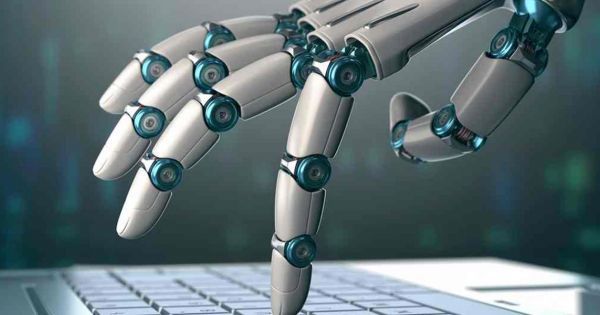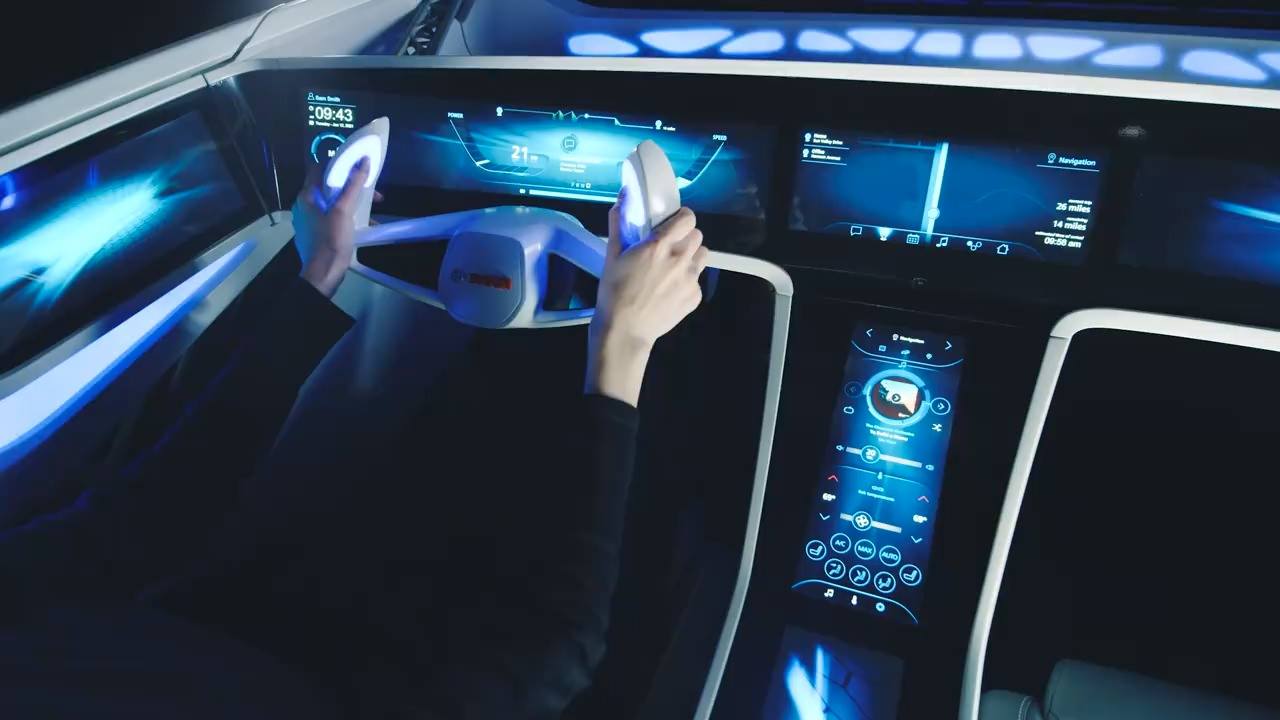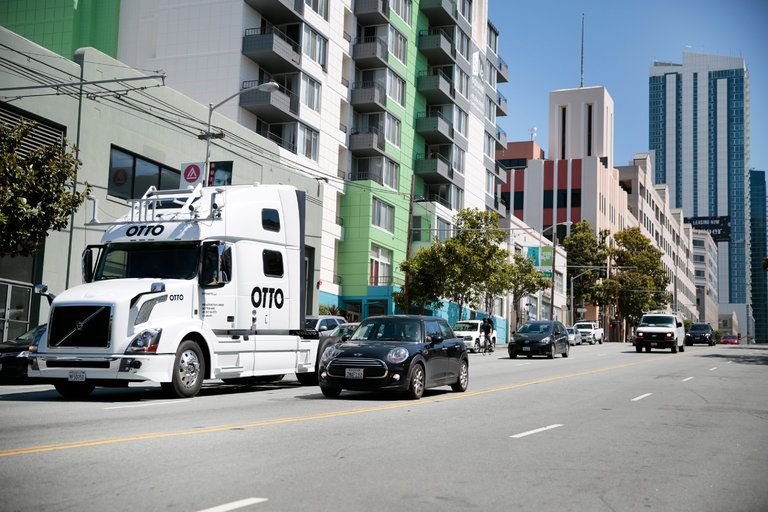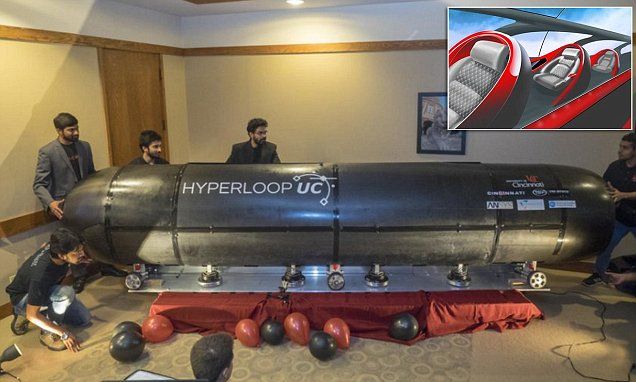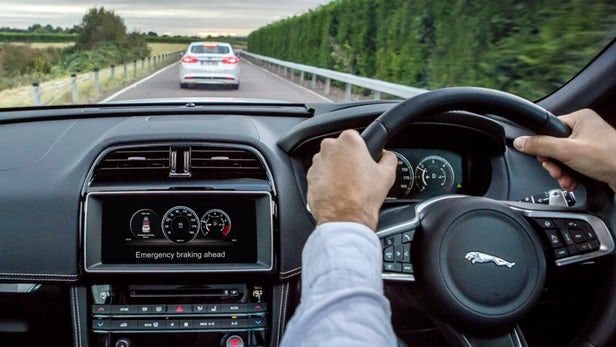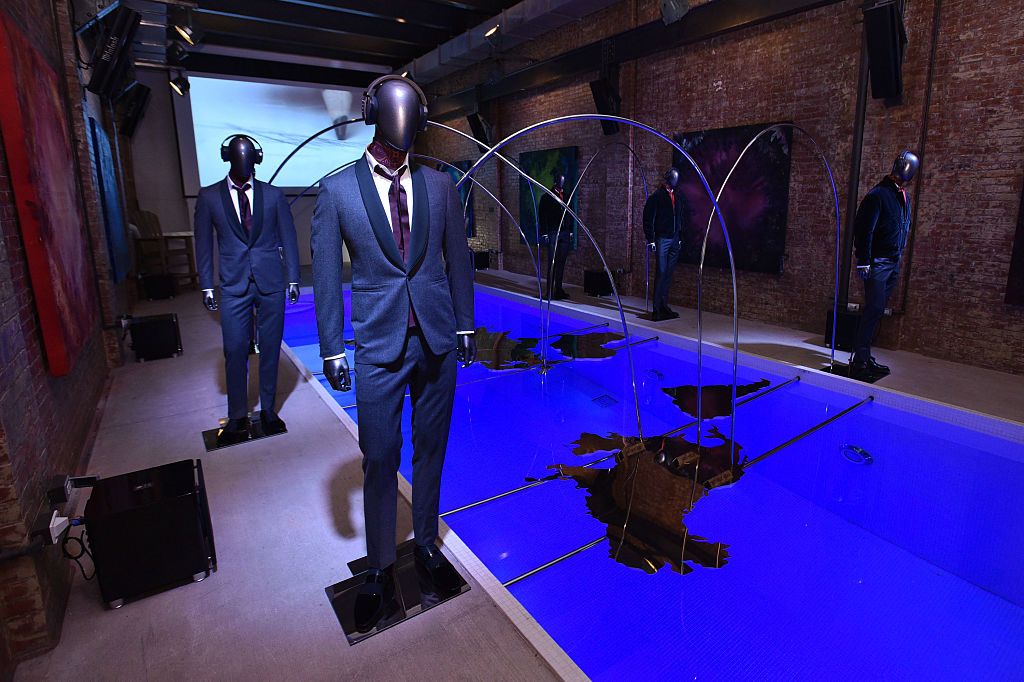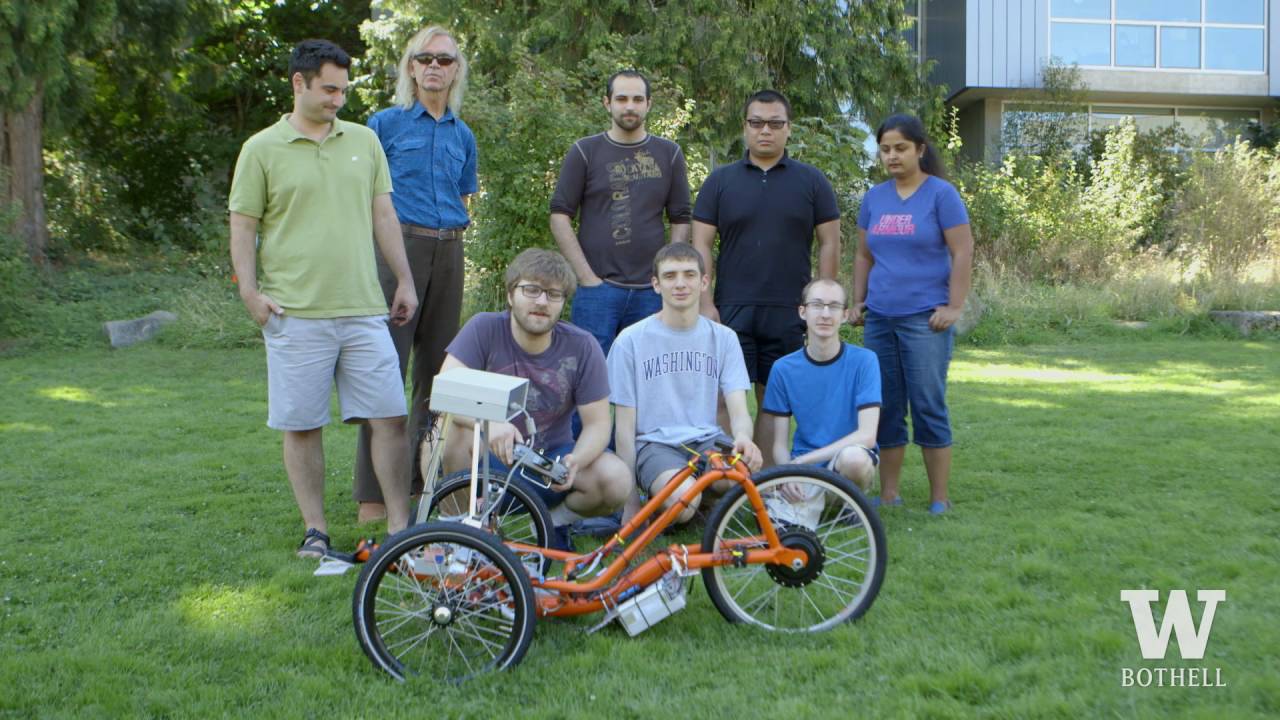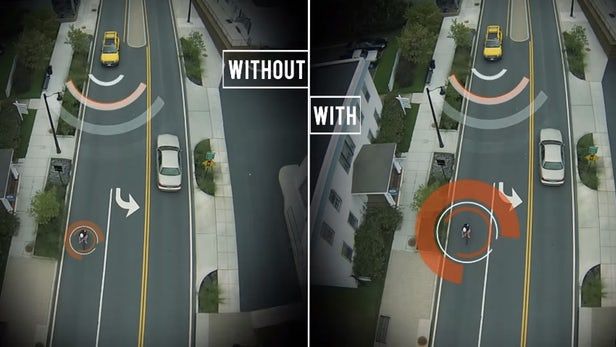Oct 27, 2016
Experts State Robots Will Take Over Additional 850,000 Jobs By 2030
Posted by Elmar Arunov in categories: business, computing, employment, government, policy, robotics/AI, transportation
Tough times lay ahead for human workers. With the advent of automation comes a much smaller job market and an ever-shrinking work force. Jobs traditionally held by humans are now being taken over by robots and computer software. Now, another job sector is being threatened by automation: the public sector.
A study conducted by Oxford University and Deloitte, a business advisory firm, found that 850,000 public sector jobs in the UK are at risk of being lost by 2030 due to automation. The report also mentions how more than 1.3 million administrative jobs in the public sector have a 77% probability of being automated. These jobs include highly repetitive jobs like clerical work and transportation work.
–This report comes as good news to fiscal policy makers who wish to cut costs. It shows the government can save up to £12 billion in public sector wages by 2030.
Continue reading “Experts State Robots Will Take Over Additional 850,000 Jobs By 2030” »
